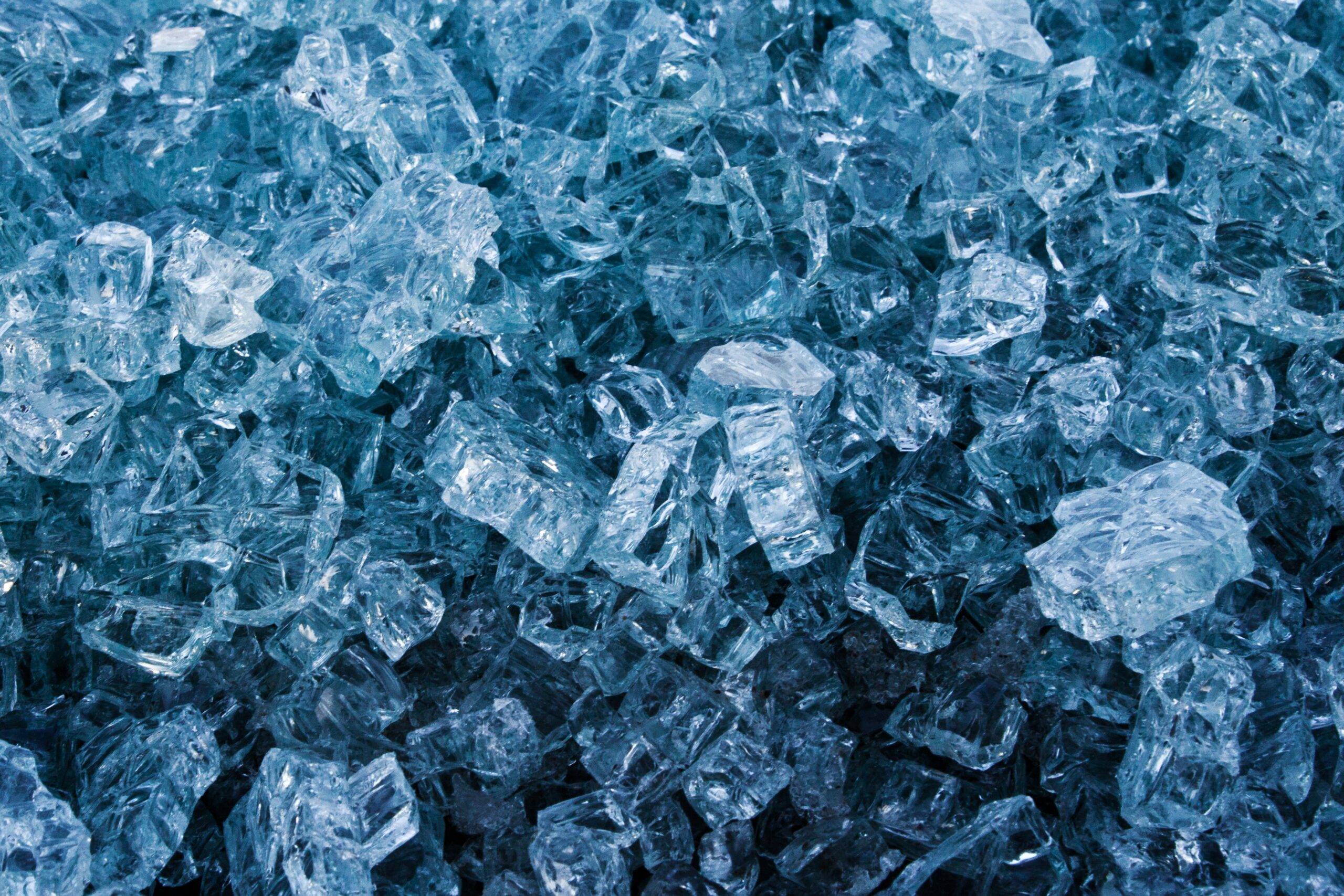
Ice baths have become a new trend or fad in health and fitness, especially among elite athletes and some celebrities. In fact, it is impossible to scroll through social media without encountering someone “taking the frigid plunge!” However, it is far from a new treatment modality. The Ancient Greeks employed cold-water immersion for fever, pain relief, relaxation and socialization. In fact, Hippocrates documented the use of cold for medicinal purposes for its analgesic benefits.
Ice baths, a type of cryotherapy, is also referred to as cold water immersion (CWI) or cold-water therapy, involves immersing your body in ice water for approximately 5-15 minutes from the neck down at a temperature of 50-59 degrees. The ice baths are commonly used for pain, delayed-onset muscle soreness (DOMS), and inflammation and mood elevation.
In theory, the cold water lowers the temperature of your skin and body by vasoconstriction (narrow) of the blood vessels. When you get out of the cold water the vasodilatation (widen) of the blood vessels immediately brings fresh oxygen and nutrient-rich blood back to the tissues to warm the body and in the process, reduce pain, inflammation and promote healing.
Ice baths are not without risk and not everyone reacts the same way to ice immersion. It is recommended that one engages in ice exposure gradually, for short periods and in a controlled setting like a home shower. Furthermore, one must be mindful of age, general health, time of exposure, and water temperature. Remember, body temperature is 98.6 and water temperature of 65-70 degrees will feel very cold so 50-59 degrees can create problems such as:
If you have the following health conditions, ice baths may not be the best therapeutic modality for you. Before you consider trying an ice bath, consult with your physician to avoid potentially serious problems:
What the Science Says –
While some studies have shown that subjects report less muscle soreness following CWI when compared to rest, most studies suggest that the reported effects are placebo. Also, reports of improved circulation, reduced inflammation and improved recovery or performance has not been scientifically validated. In view of this, it is recommended that those considering the use of CWI for pain and inflammation management, reduced muscle soreness, and mood elevation, should consult their physician to determine if the potential risks are worth the purported benefits.
SOURCES: nih; health.com; health.clevelandclinic.org; prevention.com

EVERY MONDAY – Read Dr. Paul J. Mackarey “Health & Exercise Forum!” via Blog
EVERY SUNDAY in "The Sunday Times" - Read Dr. Paul J. Mackarey “Health & Exercise Forum!” in hard copy
This article is not intended as a substitute for medical treatment. If you have questions related to your medical condition, please contact your family physician. For further inquires related to this topic email: drpmackarey@msn.com
Paul J. Mackarey PT, DHSc, OCS is a Doctor in Health Sciences specializing in orthopedic and sports physical therapy in Scranton and Clarks Summit. Dr. Mackarey is in private practice and is an associate professor of clinical medicine at Geisinger Commonwealth School of Medicine. For all of Dr. Mackarey's articles, visit our exercise forum!
